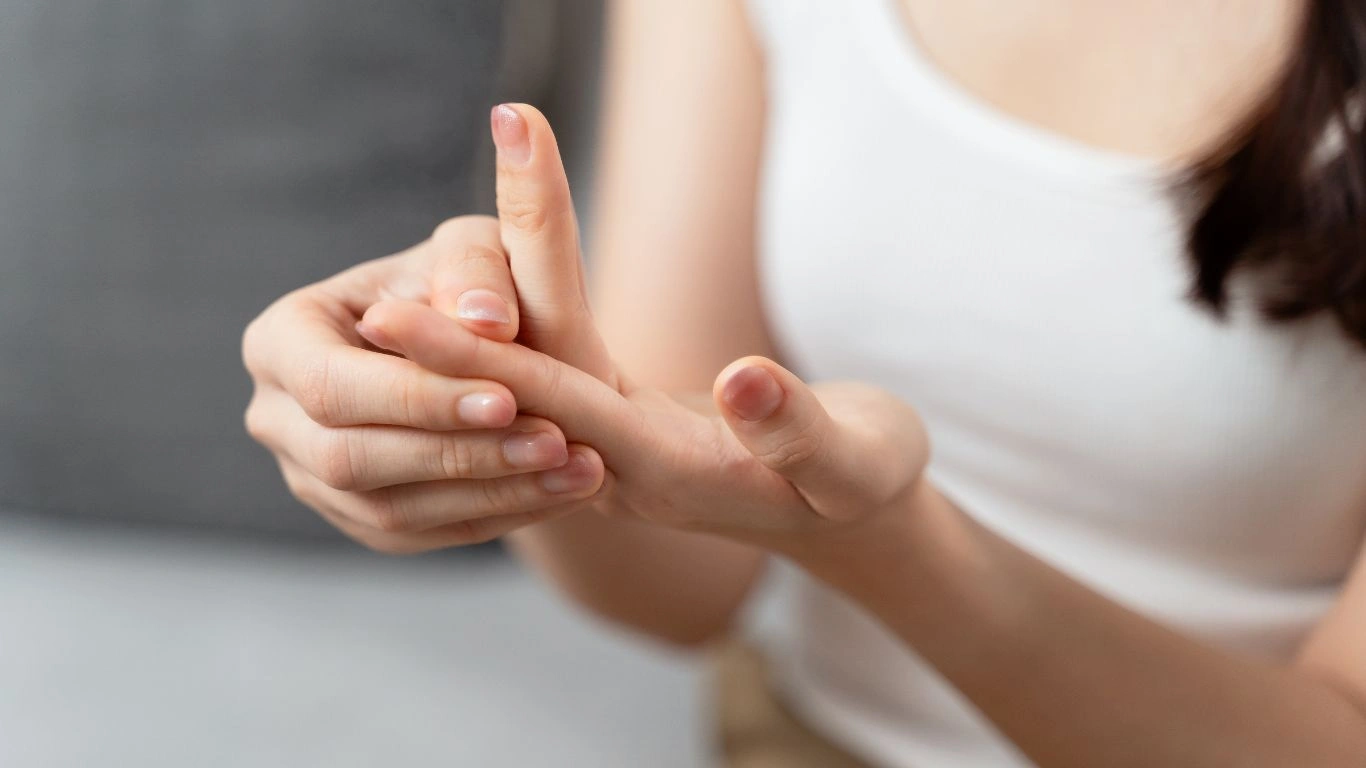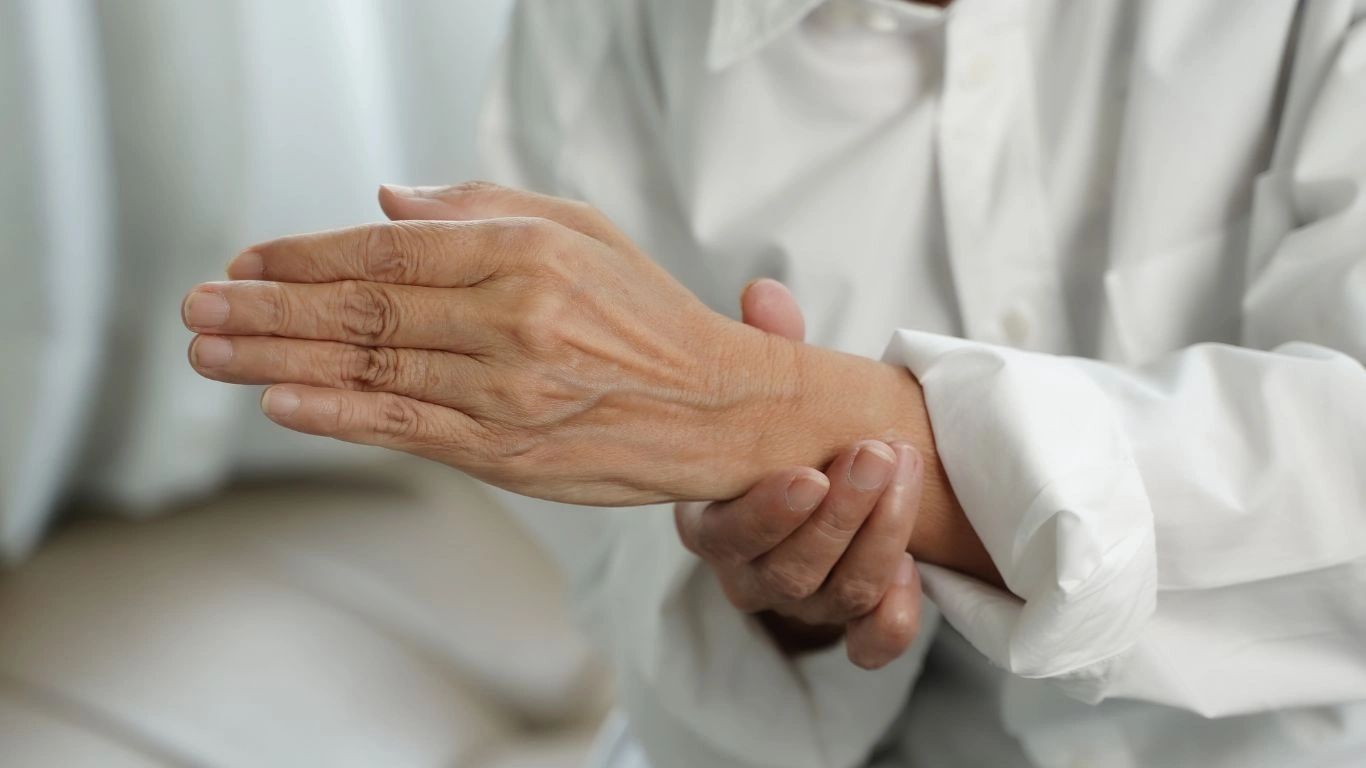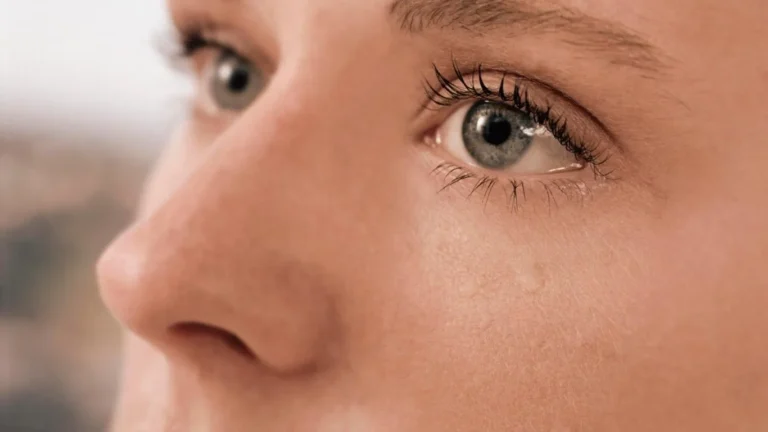Rheumatoid Arthritis and Exercise Limitations: A Comprehensive Guide
Dealing with rheumatoid arthritis (RA) doesn’t mean you have to give up on exercise entirely. You can still stay active, but it’s important to understand your body’s limitations and how to work around them. Let’s talk about how exercise fits into managing RA and keeping your joints happy.
Rheumatoid arthritis is a condition that affects your joints, causing inflammation, pain, and stiffness. While it’s a chronic condition that can limit your mobility, exercise can actually play a crucial role in managing RA symptoms and improving your quality of life. But, as with anything related to RA, knowing your limits and adapting your exercise routine is key.

Let’s dive into why exercise is important, the types of exercises that are best for people with RA, and how to avoid overdoing it.
Why Exercise Matters with Rheumatoid Arthritis
You might be wondering why, if your joints are hurting, exercise is even worth considering. Well, here’s the deal: Regular exercise helps keep your joints flexible, reduces stiffness, and can even improve your mood. Plus, it’s essential for maintaining overall strength, mobility, and bone health.
That said, exercise for someone with RA is a little different than your typical fitness routine. It’s all about finding balance—getting enough movement to benefit your body without pushing your joints too hard. So, instead of hitting the gym for heavy lifting or long runs, think of it like tuning up your car—just the right adjustments to keep things running smoothly.
Key Limitations to Consider
When you have RA, there are some important exercise limitations to keep in mind. Everyone’s experience with RA is different, but here are a few general considerations to help you exercise safely:
1. Pain and Swelling
When your joints are swollen or hurting, that’s not the best time to do high-impact exercises. If you’re feeling flare-ups, it’s better to switch to low-impact activities like swimming or walking. Exercise during a flare-up can increase inflammation and pain, so it’s important to listen to your body.

2. Joint Instability
In RA, the inflammation in your joints can sometimes cause them to be unstable. If your joints feel loose or fragile, exercises like jumping or anything that puts sudden pressure on them should be avoided. Instead, opt for controlled movements that don’t stress the joints too much.
3. Energy Levels
Fatigue is a common symptom of RA. This means you may not have the same energy levels as someone without the condition, and that’s okay. It’s important to pace yourself and avoid pushing through too hard. Low-intensity exercises like gentle yoga or stretching can give you the benefits without draining your energy.
4. Range of Motion Limitations
As RA progresses, it can limit your range of motion. If certain movements are tough because of stiffness, consider exercises that focus on flexibility and mobility. Joint-friendly activities like stretching or tai chi can help maintain movement without putting unnecessary strain on your joints.
Best Types of Exercise for People with RA
Now, let’s talk about the kinds of exercise that are actually helpful and safe for people living with RA.
1. Low-Impact Aerobic Exercise
Aerobic exercises get your heart rate up without putting too much strain on your joints. Think walking, cycling, or swimming. Swimming, in particular, is fantastic for RA because the buoyancy of the water takes pressure off your joints while still providing a full-body workout. Plus, the warmth of the water can also soothe stiff joints.
2. Strength Training
Don’t be scared of lifting weights! Strength training, when done correctly, can actually improve joint stability and reduce pain. You don’t need to go heavy—focus on lighter weights with higher reps. Bodyweight exercises like squats, lunges, and push-ups are also good options. Just make sure to avoid overdoing it and focus on controlled movements.
3. Flexibility Exercises
Keeping your joints limber is key to managing RA. Gentle stretching, yoga, and Pilates can help maintain your flexibility and ease stiffness. In particular, yoga is great because it focuses on both stretching and strengthening, and there are specific poses designed for people with arthritis.

4. Balance and Coordination Exercises
Since RA can affect your balance (due to pain, swelling, or joint instability), exercises that focus on improving balance and coordination can help prevent falls and injuries. Simple balance exercises like standing on one leg or using a balance board can improve stability over time.
5. Water Exercises
Water exercise isn’t just for swimmers! Doing exercises in the water, whether it’s in a pool or even in a hot tub, can provide gentle resistance while relieving joint pain. Water aerobics or walking in the pool are excellent options for people with RA because the water supports your body and reduces strain.
How to Exercise Safely with RA
Even if you’re ready to get moving, there are some important things to keep in mind to ensure you stay safe:
1. Warm-Up Properly
Before you jump into any exercise, always take a few minutes to warm up. Warming up helps get your blood flowing and prepares your joints for movement. Try gentle movements like light walking or easy stretching before you dive into more intense exercises.
2. Listen to Your Body
This one’s a biggie. If something hurts (and we’re talking more than just normal muscle fatigue), stop. Pain is a sign that your body needs a break. Take it easy, rest, and return to exercise when you’re ready. Don’t push through pain, as it can lead to injury or more inflammation.
3. Rest Between Workouts
Overexerting yourself can worsen your symptoms. Be sure to take plenty of rest days to give your body time to recover. You don’t need to exercise every day—3-4 times a week with rest in between can be enough.
4. Consult with Your Doctor
Before starting any new exercise program, especially if you have RA, it’s a good idea to check with your healthcare provider. They can recommend specific exercises tailored to your condition and guide you on the safest approach.
Conclusion
Living with rheumatoid arthritis doesn’t mean you have to give up on exercise. In fact, staying active is one of the best things you can do to manage your RA symptoms. Just remember to tailor your workouts to your body’s limitations, keep things low-impact, and always listen to your joints.
Exercise can improve flexibility, reduce pain, and even help you manage stress. The key is to make adjustments as needed and be mindful of how your body responds. With the right approach, you can keep moving and improve your overall well-being.
Appendices:
FAQs
- Can exercise make rheumatoid arthritis worse?
While exercise is generally good for RA, overexertion can lead to flare-ups. It’s important to listen to your body and avoid exercises that cause pain or excessive strain.
- Is swimming good for rheumatoid arthritis?
Yes! Swimming is an excellent low-impact exercise that can help improve joint flexibility and reduce pain due to the buoyancy of the water.
- How can I relieve joint stiffness before exercise?
Gentle stretching, warm baths, and applying heat to your joints can help reduce stiffness and prepare your body for exercise.
- Is it safe to lift weights with rheumatoid arthritis?
Strength training can be beneficial, but it’s important to use light weights and focus on controlled movements. Avoid heavy lifting that could strain your joints.
- What are the best exercises for RA flare-ups?
During a flare-up, low-impact activities like walking, stretching, or gentle yoga can help maintain movement without aggravating your symptoms.
References
- Arthritis Foundation. (2024). Exercise and Rheumatoid Arthritis. Link
- Mayo Clinic. (2023). Rheumatoid Arthritis: Exercise and Fitness. Link
- National Institute of Arthritis and Musculoskeletal and Skin Diseases (NIAMS). (2024). Physical Activity and Arthritis. Link
Disclaimer:
The information provided in this article is for educational purposes only and should not be considered as medical advice. Always consult with a healthcare provider before starting a new exercise routine, especially if you have rheumatoid arthritis. Individual needs and limitations may vary.

Tarra Nugroho is a dedicated Nurse Practitioner with a strong foundation in family and preventive care. She brings both compassion and clinical expertise to her practice, focusing on patient-centered care and health education. As a contributor to Healthusias.com, Tarra translates medical knowledge into clear, empowering articles on topics like women’s health, chronic disease management, and lifestyle medicine. Her mission is simple: help people feel seen, heard, and informed—both in the clinic and through the content she creates. When she’s not caring for patients, Tarra enjoys weekend hikes, plant-based cooking, and curling up with a good health podcast.




